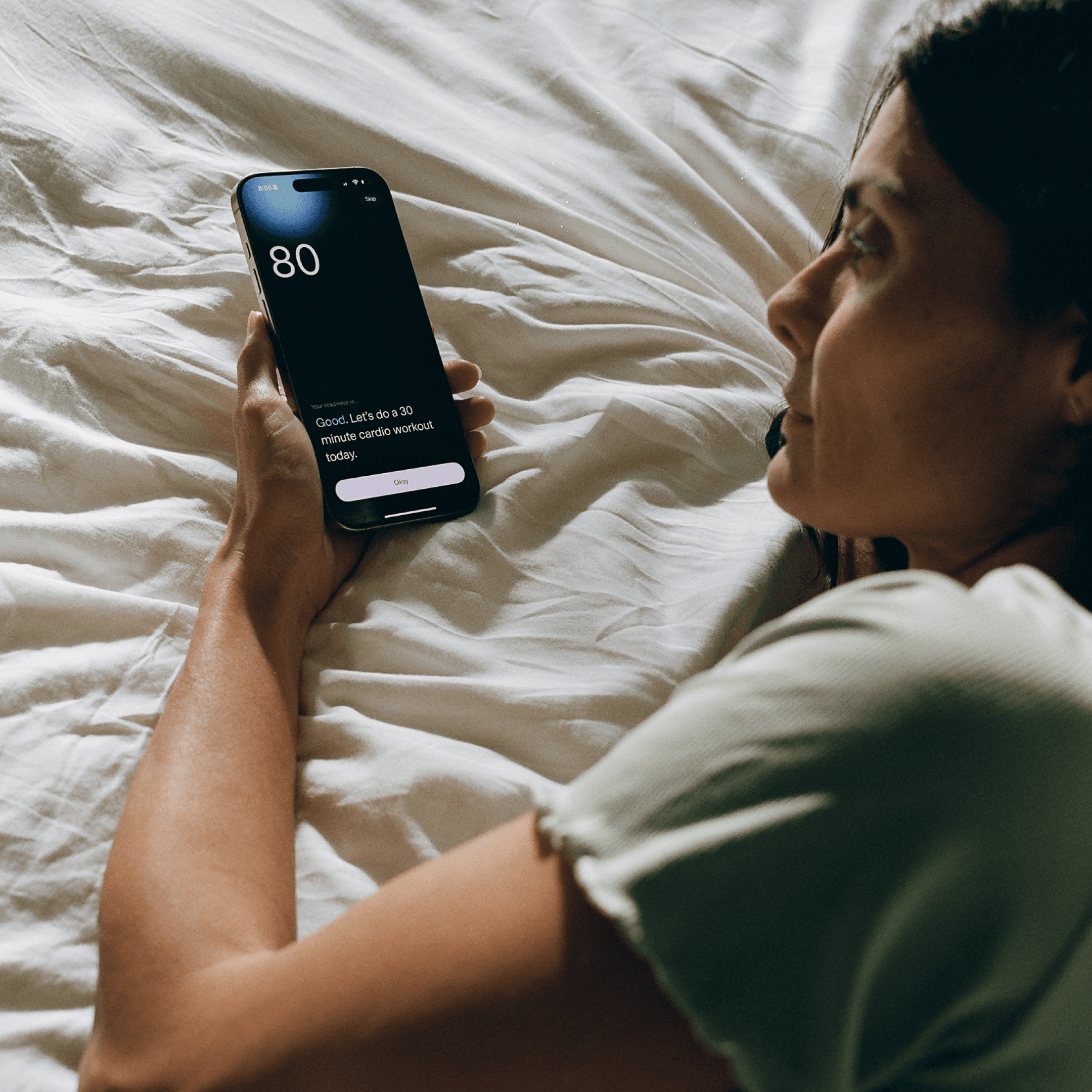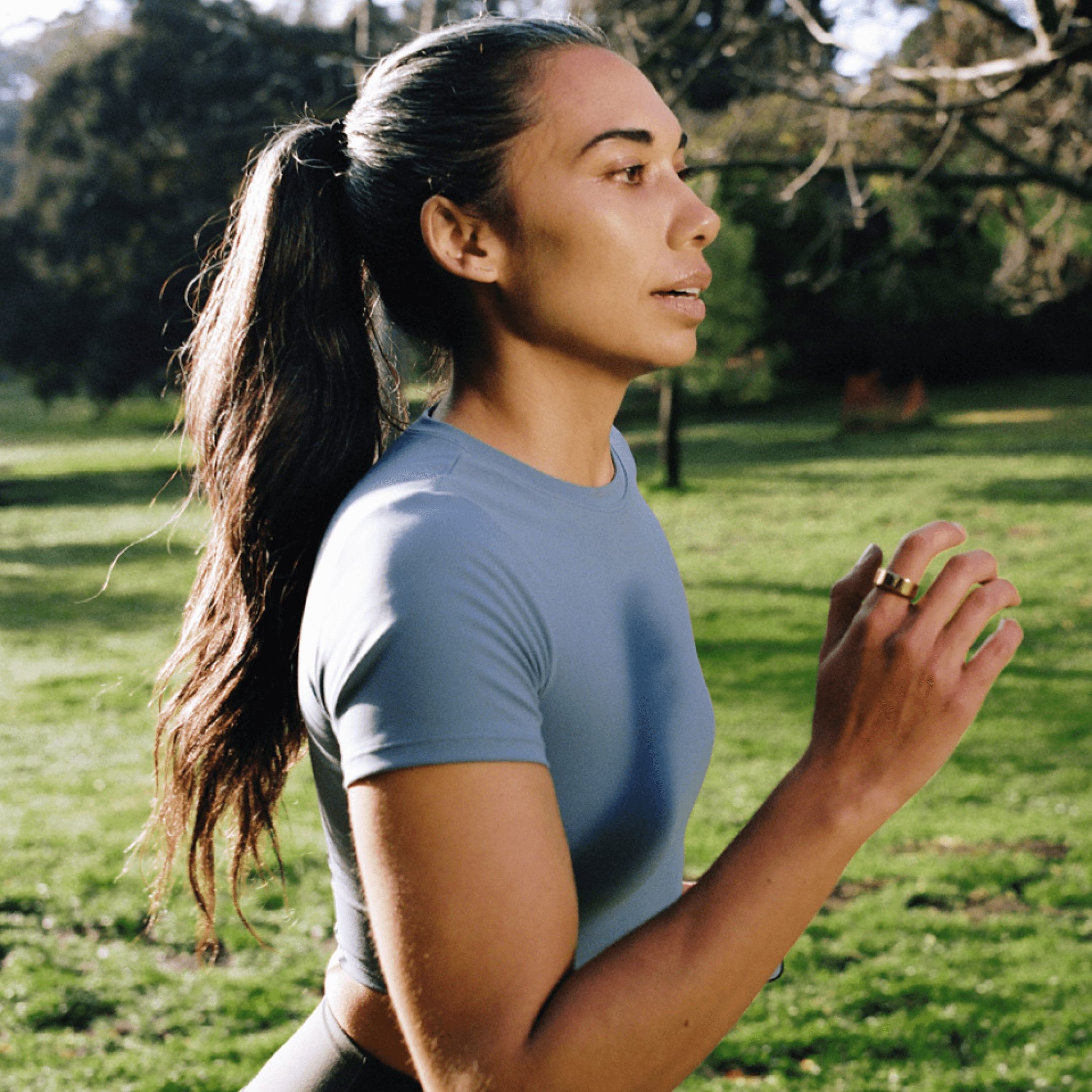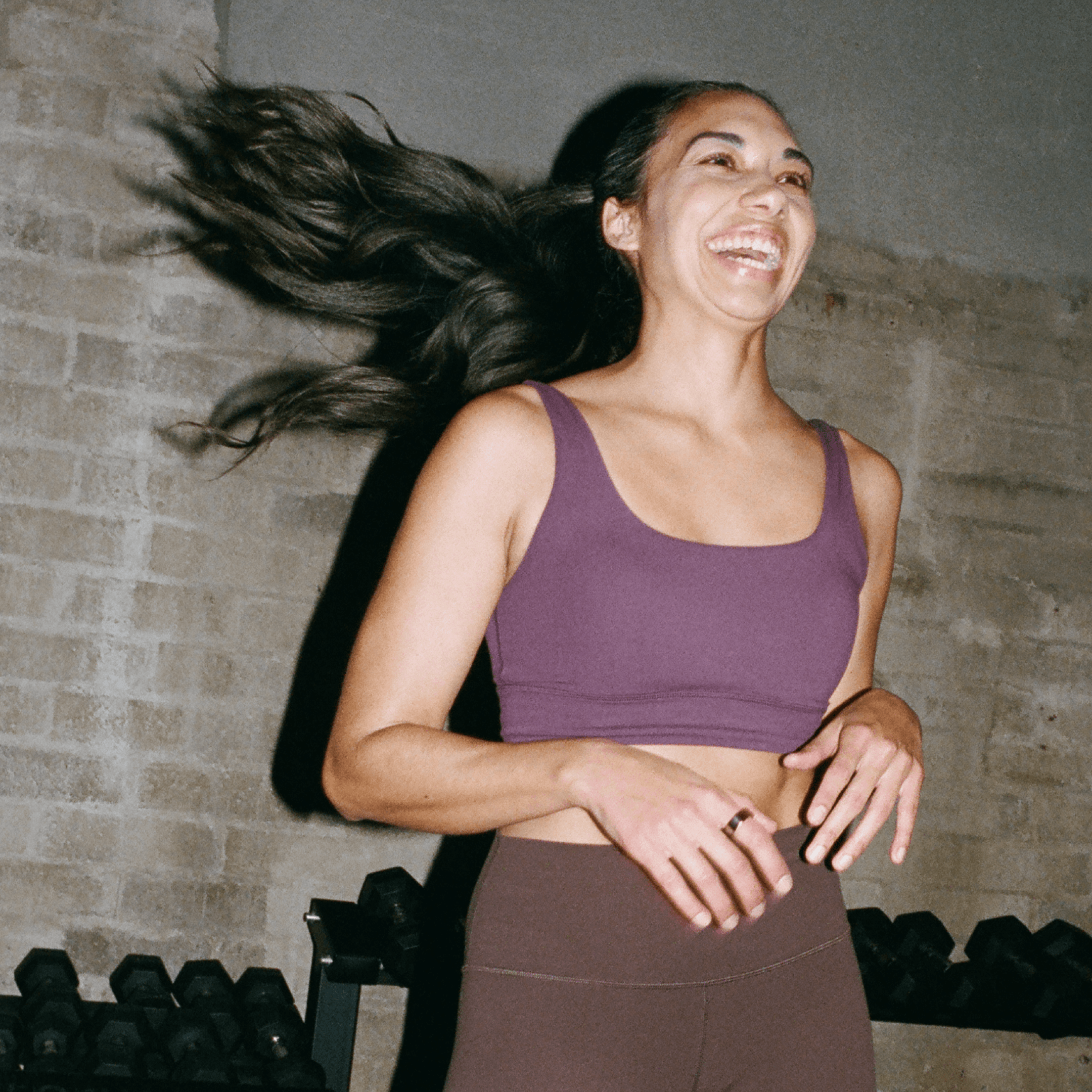View all articles
Understanding Your First AlterMe Insights After Three Days
Jun 11, 2025
Written By
Zach Laursen
Reviewed By
AlterMe Member Success Team

Related posts

Adam Gray-Hayward | Jun 20, 2025
How to Work Out Safely and Effectively in the Summer Heat
Training in the summer heat requires more than grit—it demands strategy. Learn how to adjust your workouts, hydration, and recovery for high performance and safety in rising temperatures.

Adam Gray-Hayward | Jun 20, 2025
Yoga and Your Wellness Journey on International Yoga Day
Yoga is more than a movement practice. It’s a lifelong tool for healing, alignment, and long-term well-being. On International Yoga Day, we explore how yoga impacts weight loss, stress, sleep, and full-body health in ways that extend far beyond the mat.

Adam Gray-Hayward | Jun 26, 2025
Detox Your Body Naturally with Simple Science Backed Steps
Daily detox starts with supporting your body’s natural systems. Learn how whole foods, movement, quality sleep, and consistent habits help you feel lighter, clearer, and more energized—no extremes required.
You Deserve to Feel Amazing.
AlterMe is your personalized path to real, lasting change—no guesswork, no extremes. Just science-backed results that fit your life. AlterMe is more than a plan—it’s your guide to lasting results. Start your transformation today and see what’s possible.